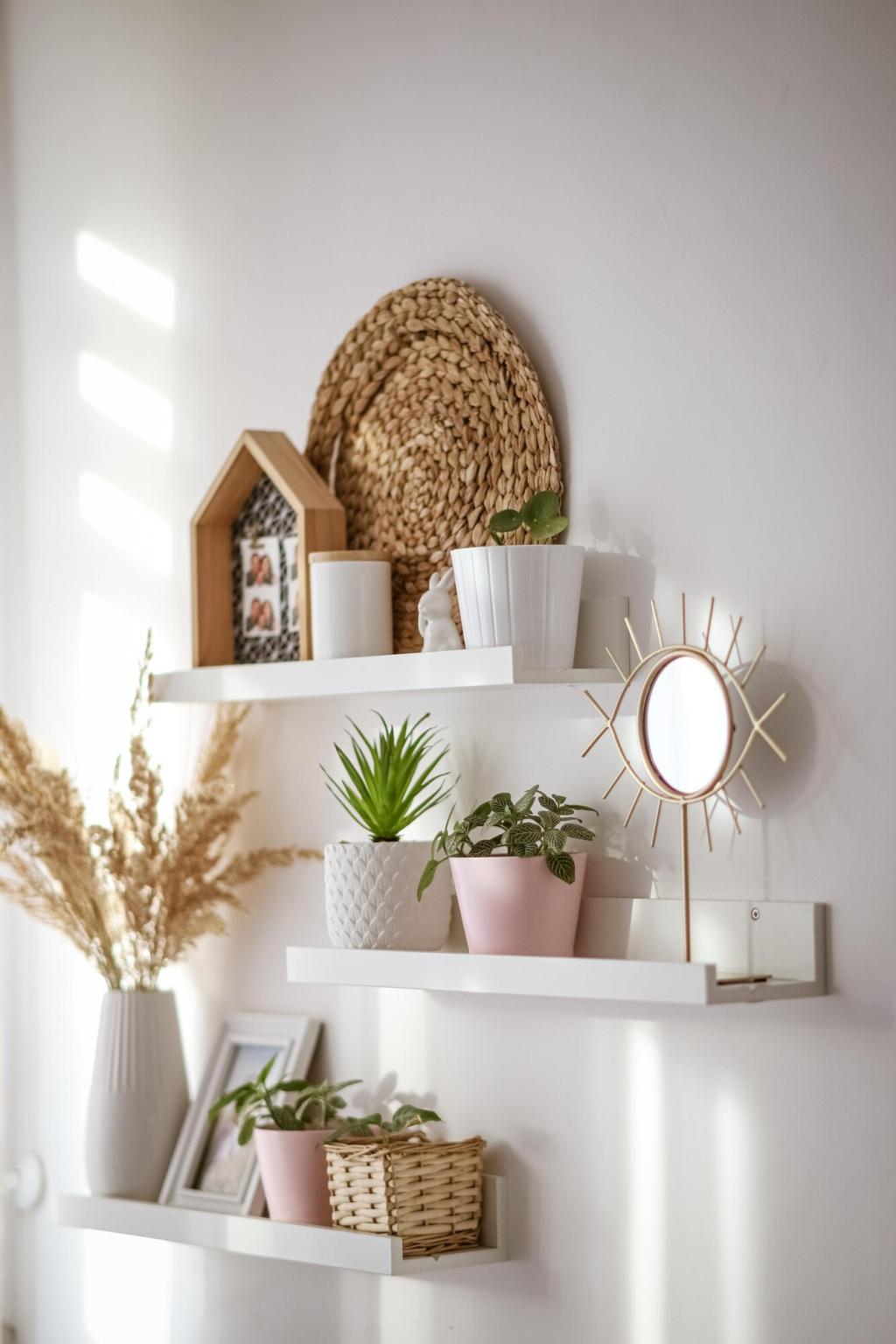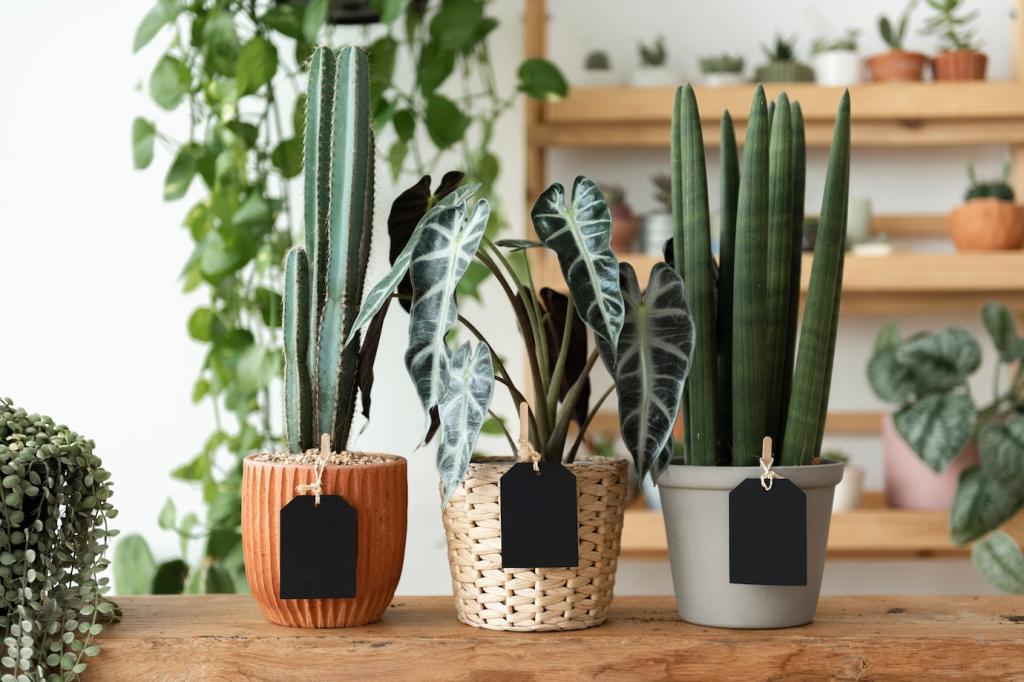Habits and Culture: Turning Conservation Into a Household Story
Use smart meter apps, shower timers, and cheeky mirror notes to make invisible flows visible. Set monthly goals, add rewards that celebrate presence rather than purchases, and keep score kindly. Share your dashboard screenshots so we can compare trends and cheer your progress publicly.
Habits and Culture: Turning Conservation Into a Household Story
Invite children to listen to the first raindrops in your barrel, sketch the home’s water map, and name the cistern. Turn hand‑washing into a rhythm game. Bedtime stories about rivers encourage empathy. Post your child’s drawing, and we will spotlight a few in the next issue.







